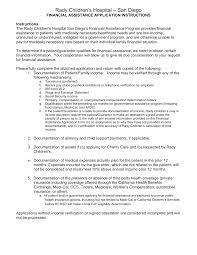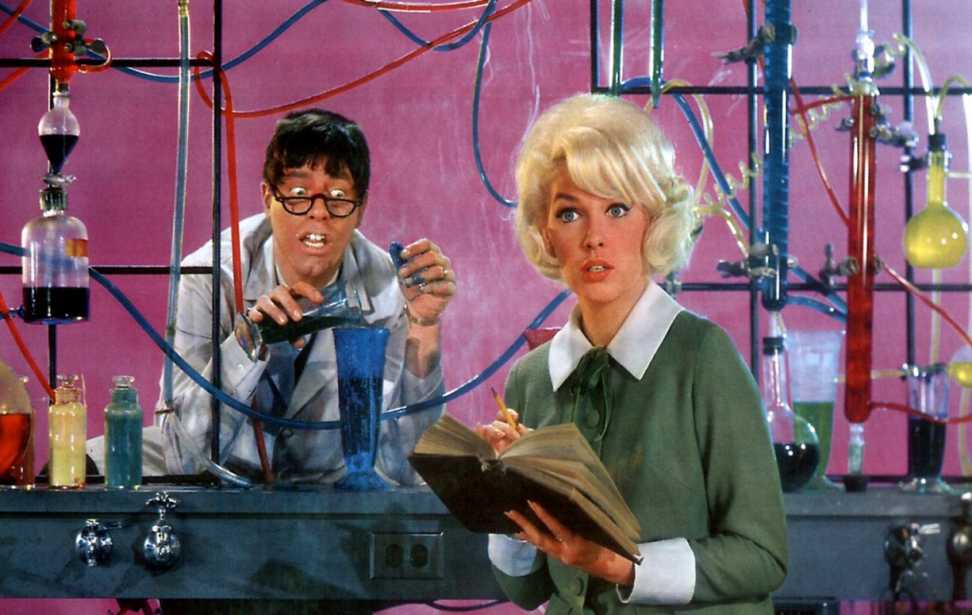
Complex demographics are common in nursing homes for the elderly, with half of them being 85 or older. Nur 1% of the residents of nursing homes are younger than 65. The majority of nursing home residents are women. They are often single and often live alone. They may be widowed or divorced, or never married. Families of these residents often are small and have little or no influence over their lives.
Economic factors
There are many factors that influence the demand for nursing homes, such as Medicaid and economics. The National Long Term Care Survey is a nationally representative sample of elderly persons with disabilities. It includes both institutionalized and community-based older adults, and combines state-level data. Each sample member has been classified as Medicaid eligible or private-pay. For each category, the probability of placement at a nursing center is determined separately.

Qualifiers
There are many factors that affect the quality of care offered in nursing homes. These criteria are based on various factors, including physical, cognitive, and social needs. Assistive technology is often needed by applicants to nursing homes. Some homes may have specific requirements related to medical equipment, as well as assistance with toileting, eating, and continence.
Residents
Families are often reluctant to leave their aging loved ones in nursing homes. Only a handful of residents are truly alone. The elderly can be assisted by their family members to assist with basic daily living activities, communicate with staff, and help with behavioral issues. Elderly residents may need reassurance from family members if they are experiencing major life changes. It can be hard to pick the right nursing home that will best suit your loved one.
Responsibilities of family members
Family members who are caring for older adults in nursing homes for the elderly have important responsibilities. However, their roles may not be clear. This article explores issues related to the policies and attitudes of nursing homes regarding family involvement, with an emphasis on open communication, which can help avoid miscommunication and foster good quality care and a high quality of life for residents.

Residents' behavior
These tips will help prevent residents from causing harm to your patients. First of all, avoid rushing and using quick movements when talking to residents. Do not use harsh or authoritative voices. This can cause confusion, and residents may feel defensive and vulnerable. Last, try to avoid physical contact with residents. Physical contact with residents can provoke violent behavior and escalate the situation. Instead, try to approach residents from the front, engage them in conversation and respond with soothing facial expressions.
FAQ
Why do we need medical systems?
In developing countries, many people lack basic medical care. Many people from these areas die before they reach middle-age due to diseases like tuberculosis or malaria.
People in developed countries get routine checks and see their general practitioners for minor ailments. But, many people still have chronic illnesses such as heart disease or diabetes.
What are the main functions and functions of a health-care system?
The health system must provide quality medical services at affordable prices to all people.
This includes providing preventive health care, promoting healthy lifestyles, and appropriate treatment. It also requires equitable distributions of healthcare resources.
What would happen if Medicare was not available?
Uninsured Americans will increase. Employers may decide to drop employees from their plans. Senior citizens will have to pay higher out of pocket for prescription drugs and medical services.
What are the different types and benefits of health insurance
There are three main types of health insurance:
-
Private health insurance covers most costs associated with your medical care. This type insurance is often purchased directly by private companies. Therefore, you will pay monthly premiums.
-
Although public health insurance covers the majority of the cost for medical care, there are some restrictions and limits. Public insurance, for example, will not cover routine visits to doctors or hospitals, labs and X-ray facilities.
-
Medical savings accounts (MSA) are used to save money for future medical expenses. The funds are held in a special account that is separate from any other kind of account. Most employers offer MSA plans. These accounts are non-taxable and accrue interest at rates similar that bank savings accounts.
Statistics
- About 14 percent of Americans have chronic kidney disease. (rasmussen.edu)
- The health share of the Gross domestic product (GDP) is expected to continue its upward trend, reaching 19.9 percent of GDP by 2025. (en.wikipedia.org)
- Over the first twenty-five years of this transformation, government contributions to healthcare expenditures have dropped from 36% to 15%, with the burden of managing this decrease falling largely on patients. (en.wikipedia.org)
- Foreign investment in hospitals—up to 70% ownership- has been encouraged as an incentive for privatization. (en.wikipedia.org)
- Consuming over 10 percent of [3] (en.wikipedia.org)
External Links
How To
What are the Four Health Systems?
Healthcare systems are complex networks of institutions such as hospitals and clinics, pharmaceutical companies or insurance providers, government agencies and public health officials.
This project had the overall goal to create an infographic to explain the US's health care system to anyone who wanted it.
Here are some key points:
-
Annual healthcare spending amounts to $2 trillion, or 17% of GDP. That's more than twice the total defense budget!
-
Medical inflation was 6.6% in 2015, higher than any other category of consumer.
-
Americans spend 9% of their income annually on health.
-
In 2014, over 300 million Americans were uninsured.
-
Although the Affordable Healthcare Act (ACA), was passed into law, implementation has not been completed. There are still major gaps in coverage.
-
A majority of Americans believe that there should be continued improvement to the ACA.
-
The US spends more money on healthcare than any other country in the world.
-
Affordable healthcare for all Americans would reduce the cost of healthcare by $2.8 trillion per year.
-
Medicare, Medicaid and private insurers pay 56% of healthcare expenses.
-
People don't have insurance for three reasons: they can't afford it ($25 Billion), don’t have enough time to search for it ($16.4 Billion), and don’t know about it ($14.7Billion).
-
HMO (health care maintenance organization) is one type of plan. PPO (preferred provider organizational) is another.
-
Private insurance covers most services, including doctors, dentists, prescriptions, physical therapy, etc.
-
The public programs include hospitalization, outpatient surgery and nursing homes. They also cover long-term care and hospice care.
-
Medicare is a federal program that provides senior citizens with health coverage. It covers hospital stays, skilled nursing facilities stays, and home care visits.
-
Medicaid is a state-federal joint program that provides financial help to low-income persons and families who make too many to qualify for any other benefits.